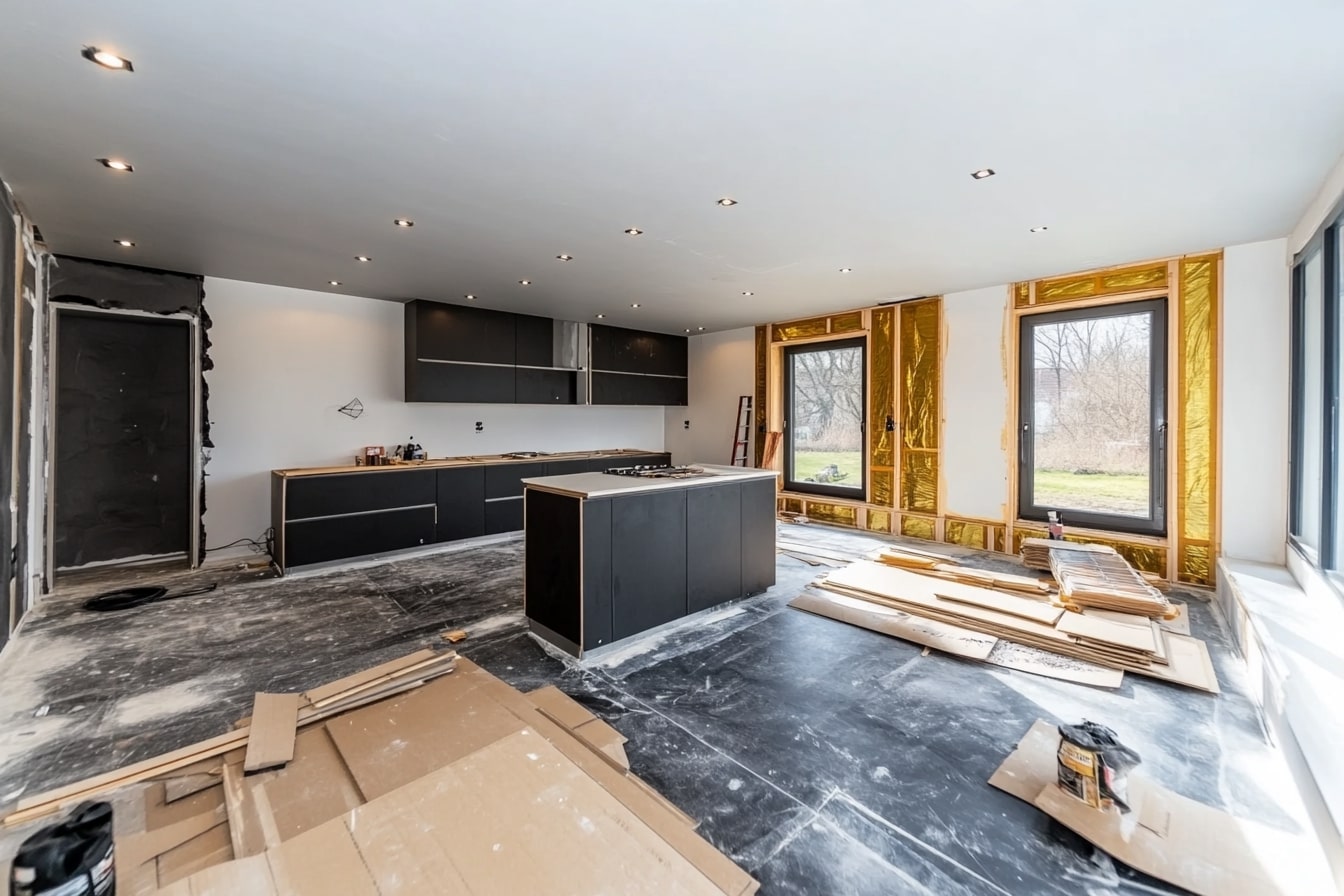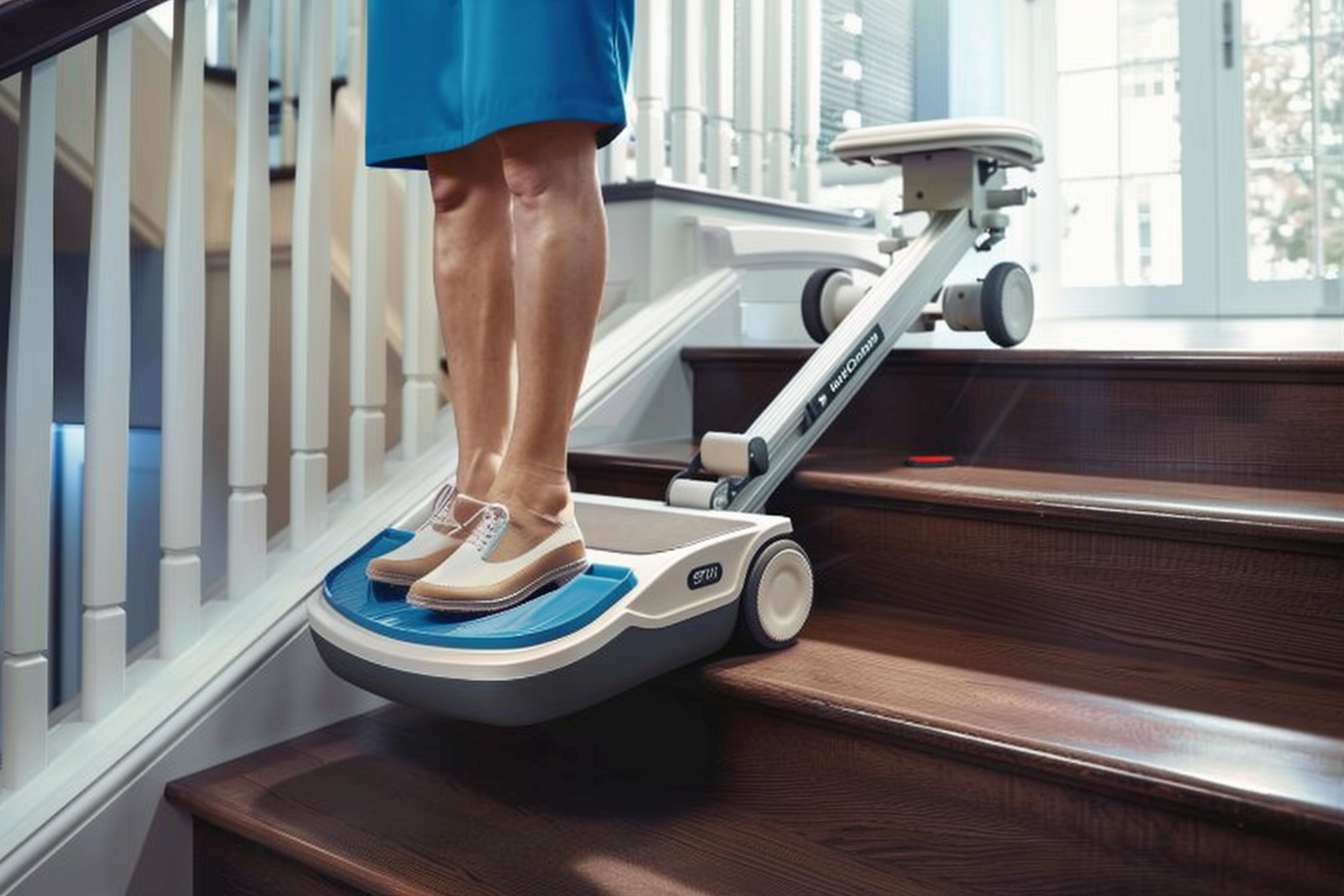"Turning Industrial Spaces into Cozy Homes: The Rise of Warehouse Living"
Introduction: Imagine stepping into a humongous space, where once heavy machinery clanked and whirred, now turned into a warm, inviting home that exudes modern sophistication. This is the thriving trend of warehouse living, a unique blend of history, functionality, and style.

The Genesis of Warehouse Living
The concept of transforming old, abandoned industrial spaces into residential spaces started in the 1960s and 70s in urban areas like New York and London. Artists and bohemians, attracted to the large, open spaces and low rental costs, began to move into these spaces, creating live-work studios. This trend steadily gained popularity over the years, evolving from a lifestyle of necessity into a sought-after design aesthetic.
Defining Features of Warehouse Living
Warehouse homes are characterized by their large, open spaces, high ceilings, and industrial features such as exposed brick walls, steel beams, and original wooden flooring. This raw aesthetic is often juxtaposed with modern furniture and décor, creating a perfect blend of old and new. These homes also tend to have large, factory-style windows, flooding the interiors with natural light.
Practicality and Market Trends
The practicality of warehouse homes lies in their versatility. The expansive open spaces offer endless possibilities for customization. These spaces are ideal for those who crave a unique, non-traditional living environment that reflects their creative spirit. Currently, warehouse homes are in high demand, especially among millennials and Gen Z who value unique, experiential spaces.
Enhancing Daily Living
Living in a warehouse home is not just about aesthetics; it’s also about embracing a unique lifestyle. These homes offer the freedom to design your space according to your needs, whether you need a large home office, a spacious art studio, or a cozy reading nook. Additionally, the historical and industrial elements of these homes add an unmatched depth and character to your living environment.
Incorporating Warehouse Living into Your Home
Even if you don’t live in a converted warehouse, you can still incorporate elements of warehouse living into your home. Exposed brick walls, industrial lighting, and vintage furniture can all add a touch of warehouse style to your space. Remember, the key is to balance the raw, industrial elements with softer, homely pieces to create a comfortable and inviting space.
In conclusion, warehouse living offers a unique and exciting alternative to traditional home design. Whether you’re moving into a converted warehouse or simply looking to add some industrial chic to your current home, this trend offers endless possibilities for creative, stylish, and functional living.




